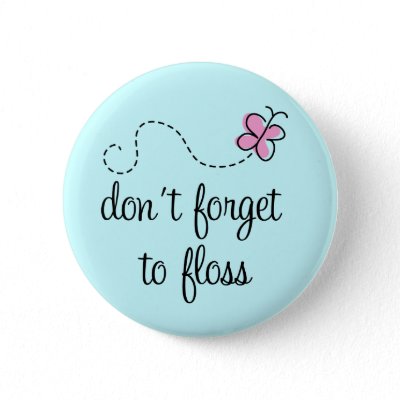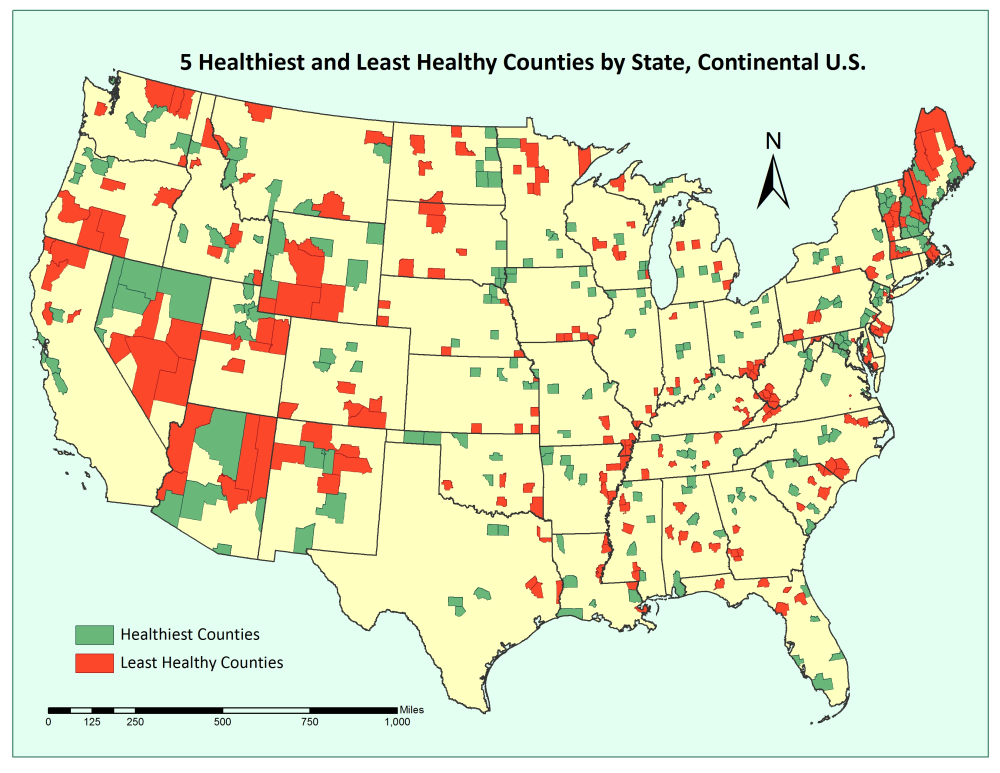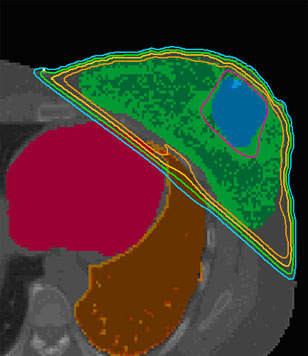Former president Bill Clinton made news this weekend as concern for his health revealed a return to heart bypass surgery which for him was a tuneup to his quadruple coronary. The surgery didn't heal the problem it was a temporary solution to a long term problem. Doctor's revealed the problem wasn't that the former president returned to his bad habits. We initially postulated that it was his failures that brought about the problem. Surgical solutions aren't final solutions and as we continue to promote "couch potato" solutions to health we're gladden by the reports.
But coronary artery disease is a lifetime commitment,
Dr. Randal Thomas, director of the Mayo Clinic Cardiovascular Health Clinic and president of the American Association of Cardiovascular and Pulmonary Rehabilitation says. "[Surgery] is a good short-term solution [but] it's temporary; in the long term, the most powerful thing we can do is adjust lifestyle and medication. "Unless we get rid of the underlying problems," he says, the problem will come back.
We searched for local solutions to the bypass surgery and found to our dismay that if we or you needed to have such care the best place to receive it wouldn't be found in the District of Columbia nor even in the traditionally "best hospitals in America." While the places we located were considered by patients and professionals as your best bets for survival and had the lowest infection rates their "quality of care" wasn't equal to the medicine one received. The staff might suck even though the actual surgery and recovery may be the best. We can attest to this from our own anecdotal experiences. While the physician was rude but accurate the nurses were incredibly considerate and attentive.
There are no four or five star facilities in the District of Columbia for Heart Bypass Surgery. There are alternatives in the other local jurisdictions. The Best Hospital for Heart Bypass Surgery in
MD -
1. Saint Joseph Medical Center
The Best Hospitals (
4) for Heart Bypass Surgery in
NC -
1. Durham Regional Hospital
2. Select Specialty Hospital - Durham
3. Mission Hospitals
4. Mission Health & Hospital - St. Joseph
The Best Hospital for Heart Bypass Surgery in
VA -
1. Sentara Norfolk General Hospital
Even if you're not an ex-president and we aren't, we can still receive quality care that we can survive if we plan and utilize the best available services from the best available facilities. If we don't, we have only ourselves to blame. If we've got loved ones we can also give them the benefit of our knowledge. We didn't attempt this story until now because of our initial ignorance. We were in disagreement as to whether the problem was a result of President Clinton's lifestyle abuses. It was reassuring to discover it was not (well to some of us).
Dr. Allen Schwartz, the chief of cardiology at the hospital, publicly stated that there was "no evidence of [a] heart attack or [of] damage to [Clinton's] heart," and that what occurred was "not a result of either his lifestyle or diet, both of which have been excellent." (CNN)
Quality Check, our usual source for all things
hospital rated was not the most recent source for these local facilities.
Becker's Hospital Review magazine names America's 10 Best Hospitals for 2009 none of which made our list. Their choices were, in our area: Duke University Hospital, Durham, NC and John Hopkins Hospital in Baltimore, MD.
While the choices from Health Grades might be your best chances for survival and recovery they aren't the best choices in terms of patient satisfaction. The choices that might be good
for you might not be good
to you.
They May Excel, But They're the Worst Hospitals for Patient Satisfaction - Patients surveyed give these hospitals, some of America’s best, a poor score overall - Among elite centers in the U.S. News "America's Best Hospitals" rankings that reported patient satisfaction survey results for the year ended December 2008, the 10 percent below were rated worst overall. They had the highest percentages of patients who gave them a 6 or below (10=highest, 0=lowest).
Take, for instance, Virginia's Sentara Norfolk General Hospital which received a patient satisfaction rating of only
16%. While Maryland's John Hopkins considered by many to be one of the best hospital in America received a rating of
75%.
“The fact is, patients are twice as likely to die at low-rated hospitals than at highly rated hospitals for the same diagnoses and procedures,” Dr. Rick May, an author of the HealthGrades study, said in a statement. “With Washington focused on rewarding high-quality hospitals and empowering patients to make more informed health care choices, this information comes at a turning point in the health care debate.” (Seattle Biz Journal)
Our experience reflects that great nurses won't be found with great doctors and great doctors don't necessarily attract great nurses. We loved the nursing staff and care we received but the doctor's attitudes left a lot to be desire. We're they any good? The doctors were incredible. The nursing staff we felt saved our lives. Then again we weren't in for heart bypass surgery either. If we were we'd take rude over sweet but deadly anyday. To use our own anecdotal experiences with Pearlie Mae, her doctor's were the nicest and kindest people we'd ever met. However, the information they gave us wasn't just wrong. It was deadly wrong. We didn't have either access to the information we now have nor any of the rating we're making available to you. If we had, maybe Pearlie Mae would still be with us.







 Hawaii is nuclear free and according to the
Hawaii is nuclear free and according to the 





